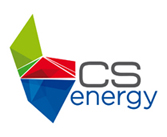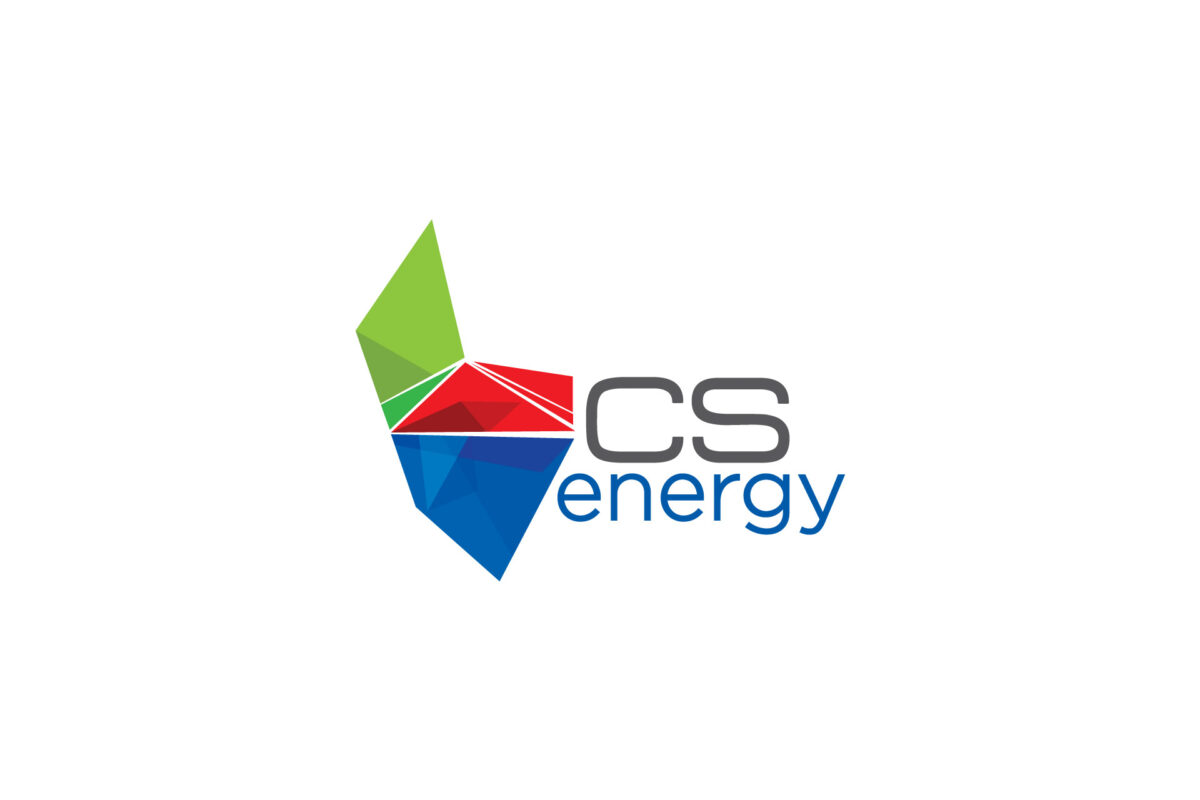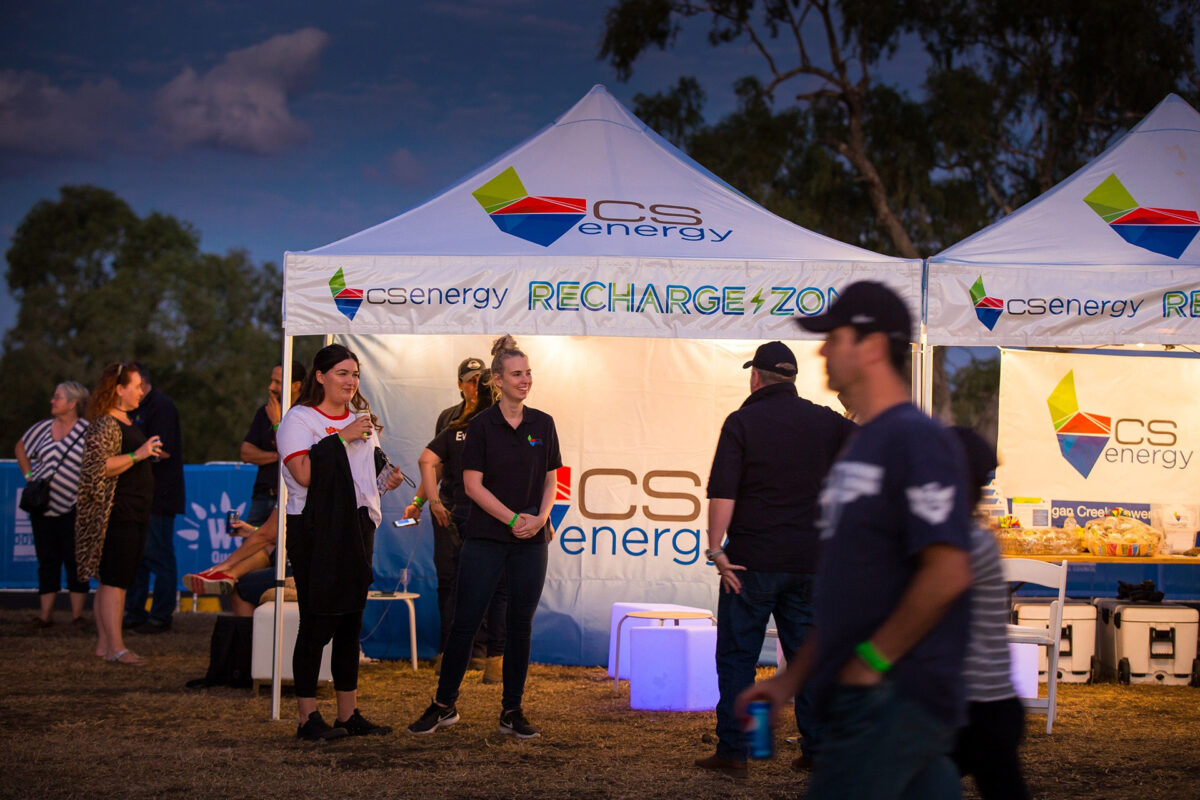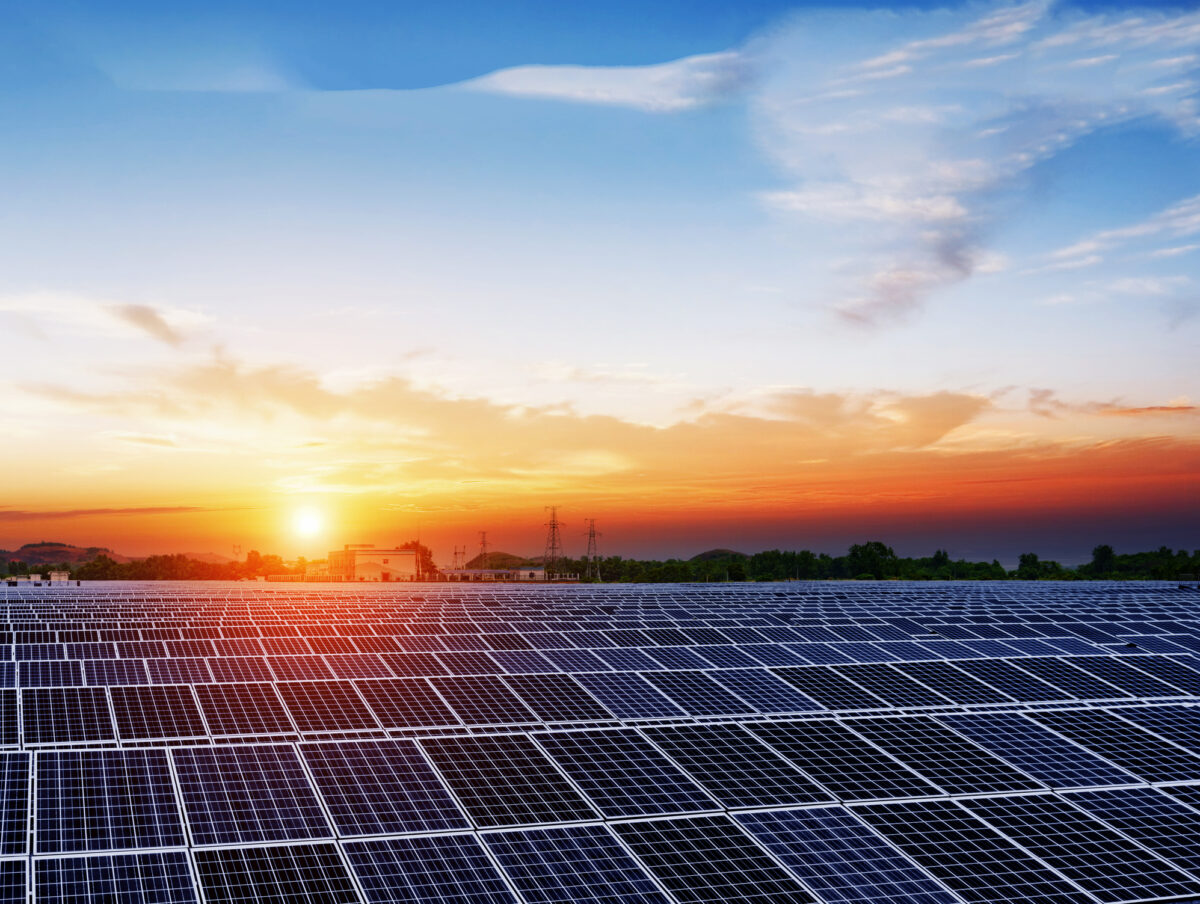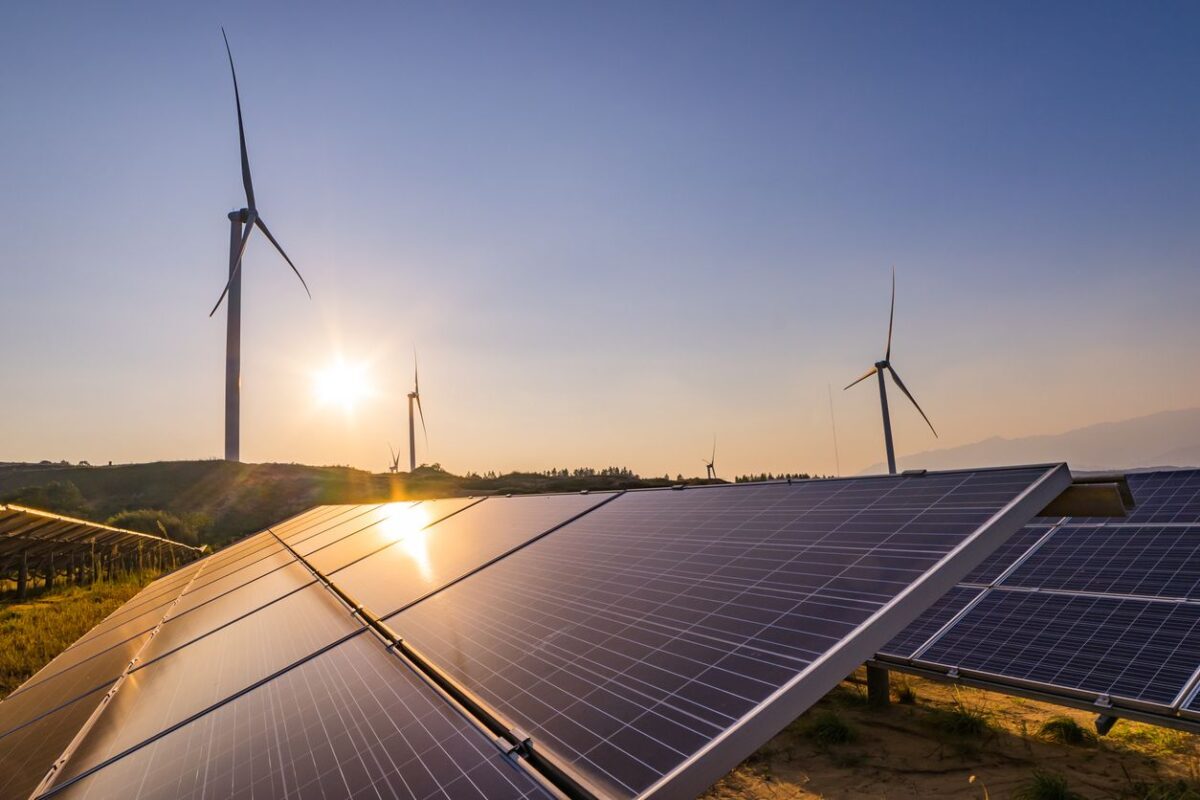Did you know that water is crucial in the process of generating electricity? We have a number of sustainable and efficient water management practices in place, including using a combination of recycled, raw and town water in our operations.
Kogan Creek Power Station, near Chinchilla on Queensland’s Western Downs, is our most water efficient plant.
Unlike many traditional coal-fired power stations, Kogan uses dry cooling technology, which uses 95% less water.
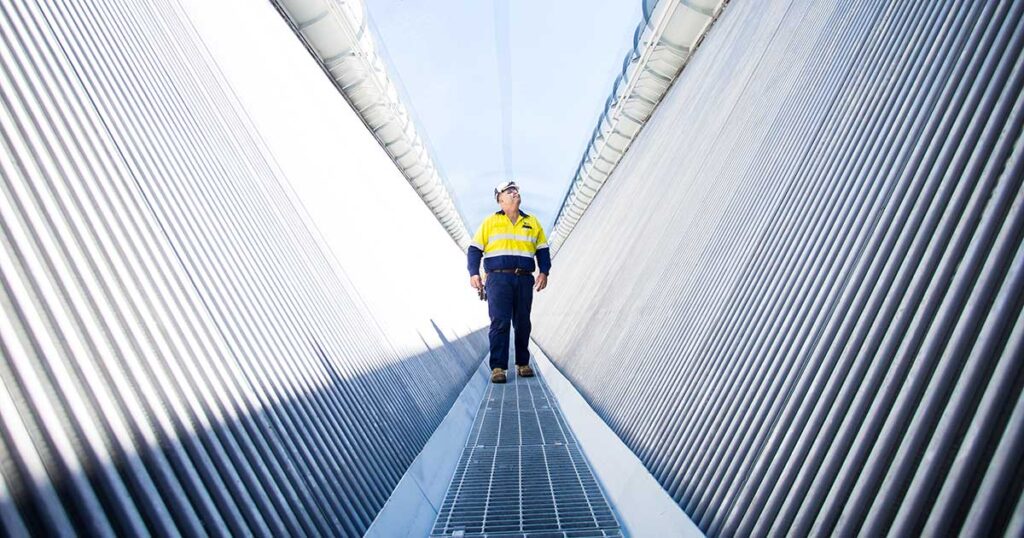
Kogan has an air-cooled condenser that uses large fans to cool and condense exhaust steam after it has left the turbine, so it can be reused again. The limited water the power station does use is sourced from local bores and surface water run-off that’s been collected in dams.
An onsite water clarification plant was introduced in 2016 and is used to recycle stormwater for use in plant operations. This has led to a 20% annual reduction in bore water use. In instances where high quality water is required, Kogan Creek Power Station can treat additional sources of water for use in the boiler, or provide a back-up water source in the event of drought or a bore failure.
